It's relatively simple using grid.arrange in the gridExtra package to arrange multiple plots in a matrix, but how can you arrange plots (the ones I'm working on are from ggplot2) when some plots are intended to be larger than others? In base, I can use layout() such as in the example below:
nf <- layout(matrix(c(1,1,1,2,3,1,1,1,4,5,6,7,8,9,9), byrow=TRUE, nrow=3))
layout.show(nf)
what is the equivalent for ggplot plots?

Some plots for inclusion
library(ggplot2)
p1 <- qplot(x=wt,y=mpg,geom="point",main="Scatterplot of wt vs. mpg", data=mtcars)
p2 <- qplot(x=wt,y=disp,geom="point",main="Scatterplot of wt vs disp", data=mtcars)
p3 <- qplot(wt,data=mtcars)
p4 <- qplot(wt,mpg,data=mtcars,geom="boxplot")
p5 <- qplot(wt,data=mtcars)
p6 <- qplot(mpg,data=mtcars)
p7 <- qplot(disp,data=mtcars)
p8 <- qplot(disp, y=..density.., geom="density", data=mtcars)
p9 <- qplot(mpg, y=..density.., geom="density", data=mtcars)




